The event is just the beginning. Most of your ROI will come after the booth is packed up.
But if your post-event funnel is slow, generic, or nonexistent—you’re leaving leads (and money) on the table.
Better Funnel Design
- Pre-tag your leads: Capture source, interest, and urgency
- Automated email flows: First message goes out within 24 hours
- Content match: Send the right download, coupon, or demo based on their interest
- Route hot leads: Flag VIPs for personal follow-up
Real Example
At a food service show, we deployed a simple 3-step flow:
- SMS opt-in at booth → tagged by interest (menu planning, prep ease, etc.)
- Automated email with relevant content
- High-interest leads pushed to HubSpot sales pipeline
Conversion? 39% higher than the previous year.
Related Article
Final Thought
Don’t make your best event leads wait. Build systems that move as fast as your conversation—and keep the relationship going.
